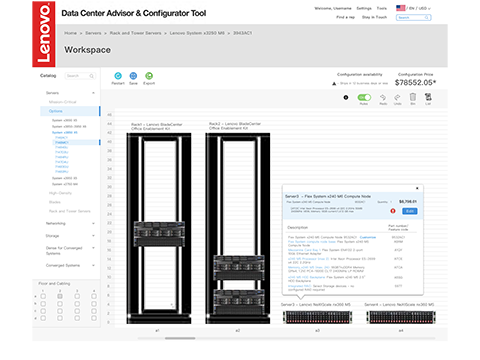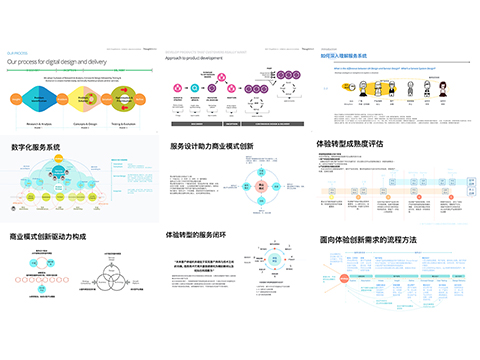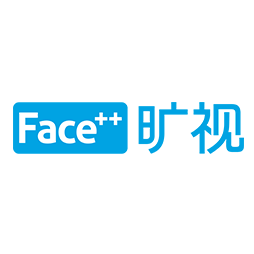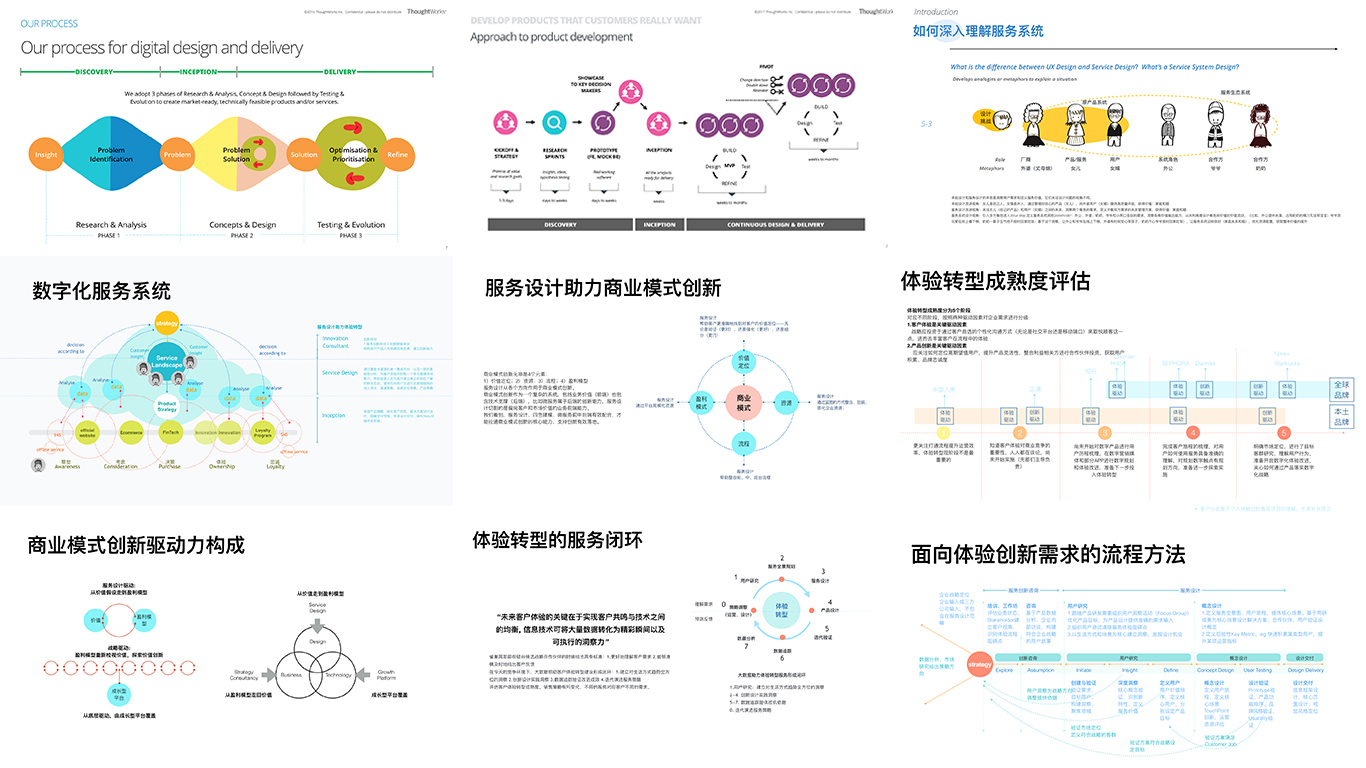-
 Chen Mian
ThoughtWorks
Senior Experience Consultant
Chen Mian
ThoughtWorks
Senior Experience Consultant
-

Qian Bingqin ThoughtWorks UX Designer
VR/AR/MR.
Service scenario innovations and practice users are increasingly accustomed to the service forms of LBS and so on whenever and wherever possible, and VR/AR/MR technology brings more possibilities to the experience of fragmented scenarios. Under the background of consumption upgrade, online and offline service scenarios have their respective advantages, and various brands compete to build business ecology, and how to arrange the layout? How to anchor the high-value experience scene in the life cycle, gain initiative advantages by virtue of new technologies and open up new competition battlefields?
As designers in the technology industry, what kind of role we should play behind the scenes of those simple and fluent user experience, what kind of skills can help designers develop design space and stimulate the solutions of ‘out of box’, and which factors and design principles need to be considered in the practical operation? Over the past three years, service design has gradually taken root in the Chinese market and developed in different fields. This workshop will share the cutting-edge trends, interpret the impact of new technologies on design and business, and tell the application methods and practical principles of new technologies with the analysis of successful cases.
1. Introduce the background of topics, and lecturers and participants make a brief self-introduction
2. Discuss the development course and present situation of VR/AR technology
3. Understand the new possibilities brought by new technologies for service design based on case analysis; look for high-value service scenarios
4. Hardware selection and practice of new technologies in case analysis
5. Receive tasks, do group exercises
6. Share results and make summary in groups
1. Designers interested in technology-driven innovations
2. Practitioners interested in 3D interactive design
1. Learn about the most state-of-the-art digital technologies and application cases;
2. Break the frameworks of thinking, and learn to choose the right technological innovation schemes for different service scenarios;
3. Learn about the selection of basic principles and hardware technologies in 3D interactive interface design.
-
 -
-
-
 -
-
-
 -
-
-
 -
-












